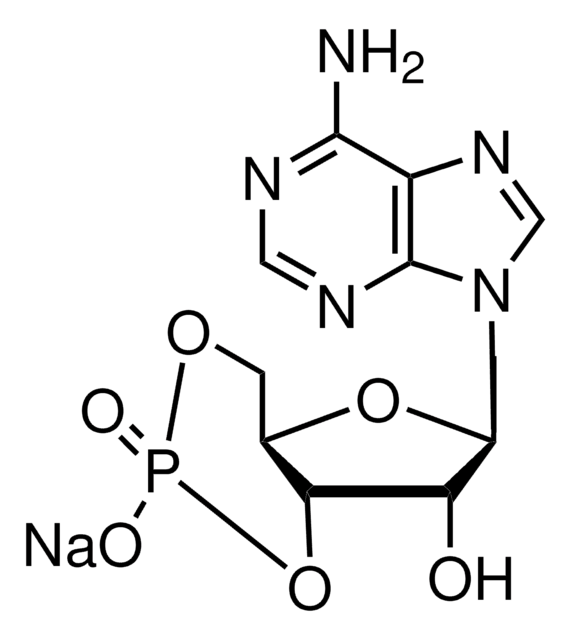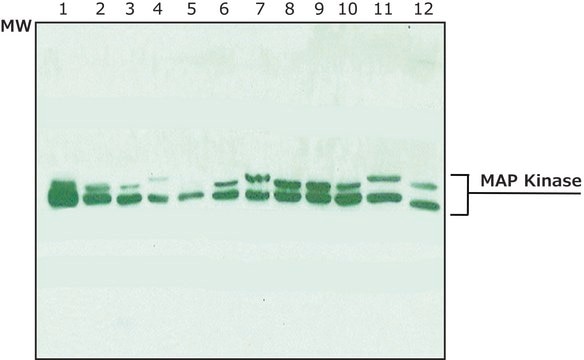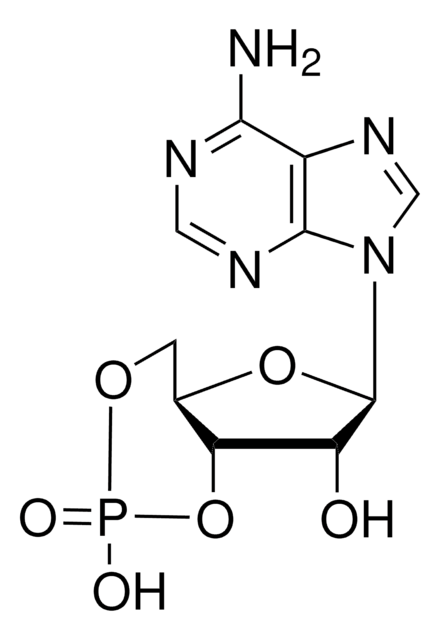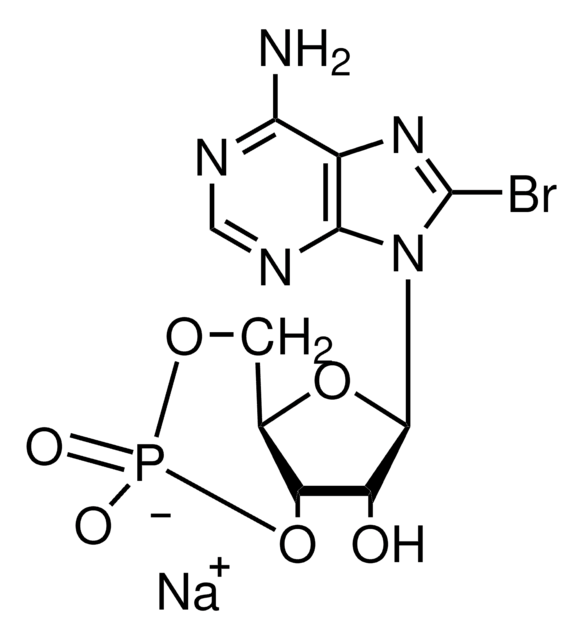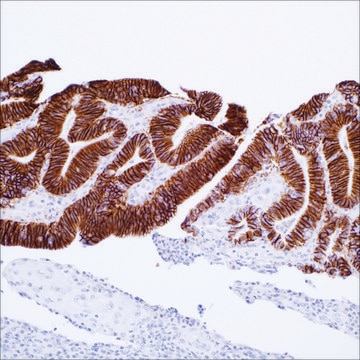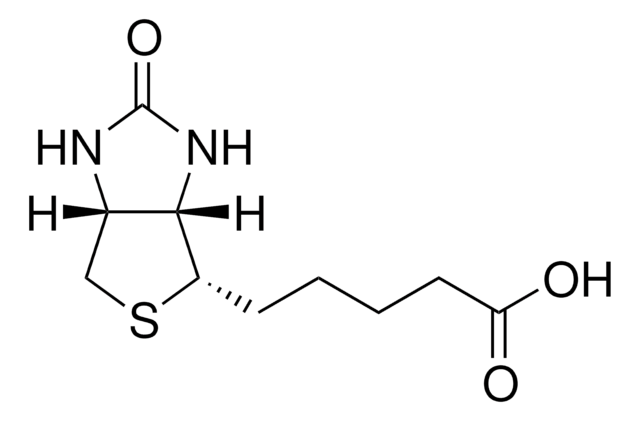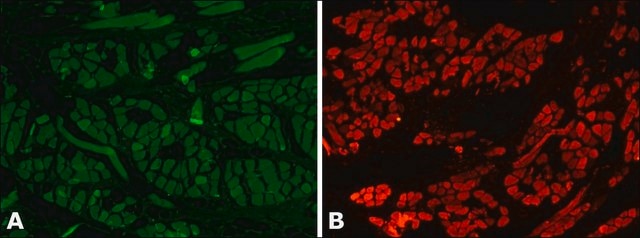Recommended Products
biological source
mouse
Quality Level
100
500
conjugate
unconjugated
antibody form
diluted ascites fluid
antibody product type
primary antibodies
clone
MRQ-2, monoclonal
description
For In Vitro Diagnostic Use in Select Regions (See Chart)
form
buffered aqueous solution
species reactivity
human
packaging
vial of 0.1 mL concentrate (308M-14)
vial of 0.5 mL concentrate (308M-15)
bottle of 1.0 mL predilute (308M-17)
vial of 1.0 mL concentrate (308M-16)
bottle of 7.0 mL predilute (308M-18)
manufacturer/tradename
Cell Marque™
technique(s)
immunohistochemistry (formalin-fixed, paraffin-embedded sections): 1:25-1:100
isotype
IgG1κ
control
tonsil
shipped in
wet ice
storage temp.
2-8°C
visualization
nuclear
Gene Information
human ... POU2F2(5452)
Related Categories
General description
Oct-2 is a transcription factor of the POU homeo-domain family that binds to the Ig gene octamer sites, regulating B-cell-specific genes. These are involved in proliferation and differentiation and despite the scarce evidence for Oct-2 expression in T cells, it has been shown that this factor participates in transcriptional regulation during T-cell activation. Oct-2 activity is dependent on phosphorylation and alternatitive splicing, although it seems that the level of its expression can be used as a marker of B-cell lineage and differentiation. The following show high levels of Oct-2 expression: germinal center B-cells, mantle B-cells, monocytoid B-cells, and plasma cells. Various lymphomas are also positive for this marker including the following: B-chronic lymphocytic leukemia, mantle cell lymphoma, follicular lymphoma, marginal zone lymphoma, plasmacytoma, Burkitt lymphoma, diffuse large cell lymphoma, diffuse large B-cell lymphoma, T-cell rich B-cell lymphoma, nodular lymphocyte predominant Hodgkin lymphoma, classic Hodgkin lymphoma.
Several studies of Oct-2 expression have shown a low level expression in pre-B, T-cell, myelomonocytic, and epithelial cell lines, whereas all mature B-cell lines display high levels of expression. Analysis of Oct-2 expression in primary Hodgkin’s lymphoma (HLs) and cell lines derived from it showed that the tumor cells analyzed had high levels of expression and activity, suggesting a common B-cell origin for all types of HLs.
Associated products: bcl-6, CD20, CD79a, PAX-5, BOB.1
Quality
 IVD |  IVD |  IVD |  RUO |
Linkage
Physical form
Preparation Note
Other Notes
Legal Information
Not finding the right product?
Try our Product Selector Tool.
wgk_germany
WGK 2
flash_point_f
Not applicable
flash_point_c
Not applicable
Certificates of Analysis (COA)
Search for Certificates of Analysis (COA) by entering the products Lot/Batch Number. Lot and Batch Numbers can be found on a product’s label following the words ‘Lot’ or ‘Batch’.
Already Own This Product?
Find documentation for the products that you have recently purchased in the Document Library.
Our team of scientists has experience in all areas of research including Life Science, Material Science, Chemical Synthesis, Chromatography, Analytical and many others.
Contact Technical Service